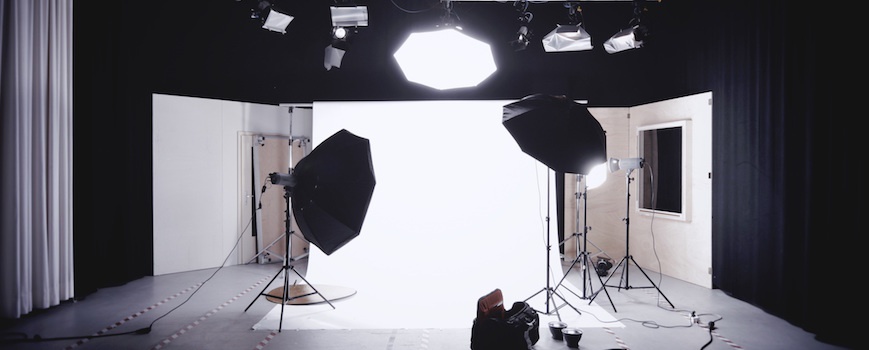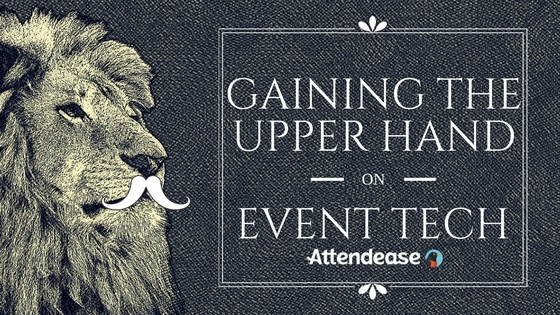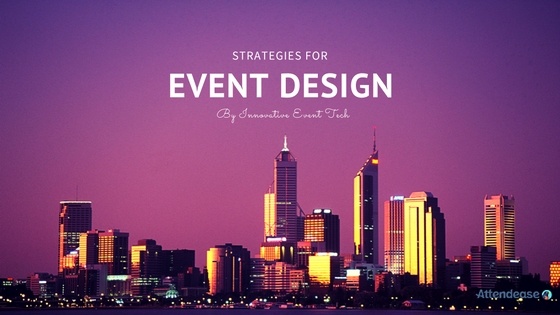We’re taking a look at three event marketing trends marketers are going to be embracing even more in 2018. Wondering how event audiences are being affected in an increasingly technological age? There’s always lots of news about tech innovations, but the tie that binds these three event marketing trends is the continuing focus on creating amazing human-centric experiences.
Technology provides important opportunities for people to make a connection, and these 2018 trends for the event industry are focussed on fostering that connection even more.
Trend #1 – Focus on event experiences, instead of things
Experiential marketing is tailor-made for the digital age. Eye catching and exciting – these innovative experiences are perfect for social sharing. Swag bags and great meals are nice, but pull off an engaging experience and you’ve really made an impact on your audience who then go on to share it with their networks. Experiences are now the focus for innovative events, and are perfect for catching attention for your marketing efforts during and after the event too. Here are some more great ways to ensure you make the most of these exciting opportunities.
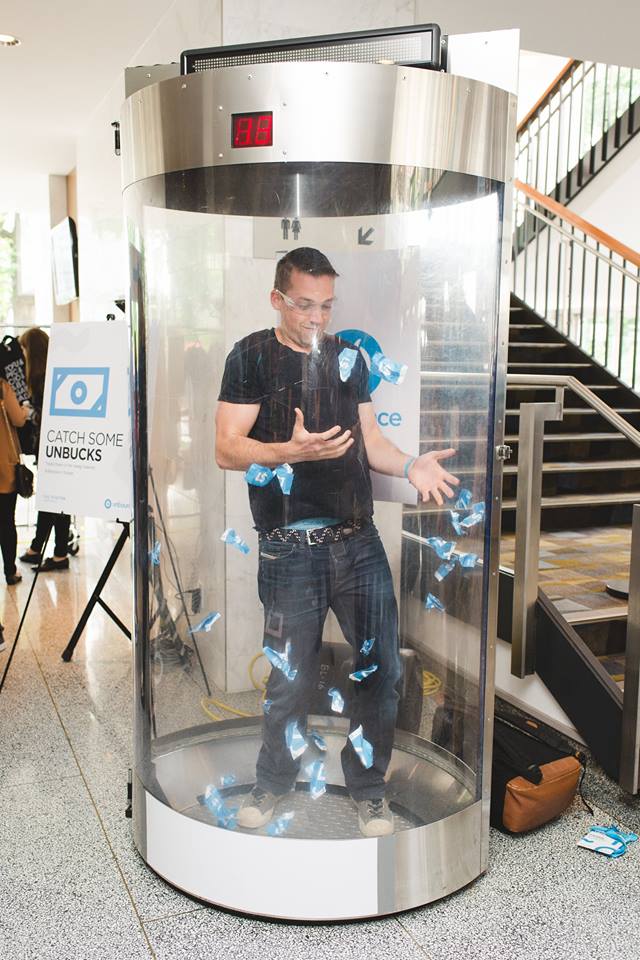
We love this example: Unbounce’s Call to Action Conference did a great job at this. Instead of handing attendees a swag bag with a t-shirt in it, they made people work for it. Attendees had to get inside a booth blowing air, and try to pick as many “unbucks” (Unbounce cash) as possible. They could later trade the amount gathered by a selection of t-shirts, socks, water bottles, and other options available.
Another innovative alternative to swag bags is to hand out digital swag bags, like those offered by Eventbaxx. Not only this is a huge time saver, but it’s also a green option that is highly measurable. With digital swag you can gain data that wouldn’t be available otherwise, and you can see how each promotion is performing. This can be impactful for sponsors and exhibitors, as they gain more insights about their event ROI. And it’s also more fun for attendees, as they get to interact more with exhibitors and sponsors in order to claim their swags.
Trend #2 – Use innovative technology to increase event engagement
A recent survey from Event Tech Lab showed that 67% of event professionals plan to increase their investment in event technology next year. What type of technology is capturing their attention? Here’s what Event Industry News found:
“Artificial intelligence, crowdsourcing, and facial recognition technology all featured in the question on technology types but the most popular choice for engagement technology was interactive screens. It was evident that planners are looking for easy to implement solutions that are familiar to attendees to engage with”.
An option to use technology to increase event engagement is gamification platforms, like Poken. Poken is a cloud-based platform that enables event organizers and exhibitors to create interactive events. The tool brings together digital and physical spaces to drive engagement and gain better insight through real data. There are many creative ways Poken can be integrated to an event, and by the end of it, you can see all the interactions and touchpoints recorded in a chronological format. The data can be used to gain insights on attendees, generate leads, and engagement tracking.
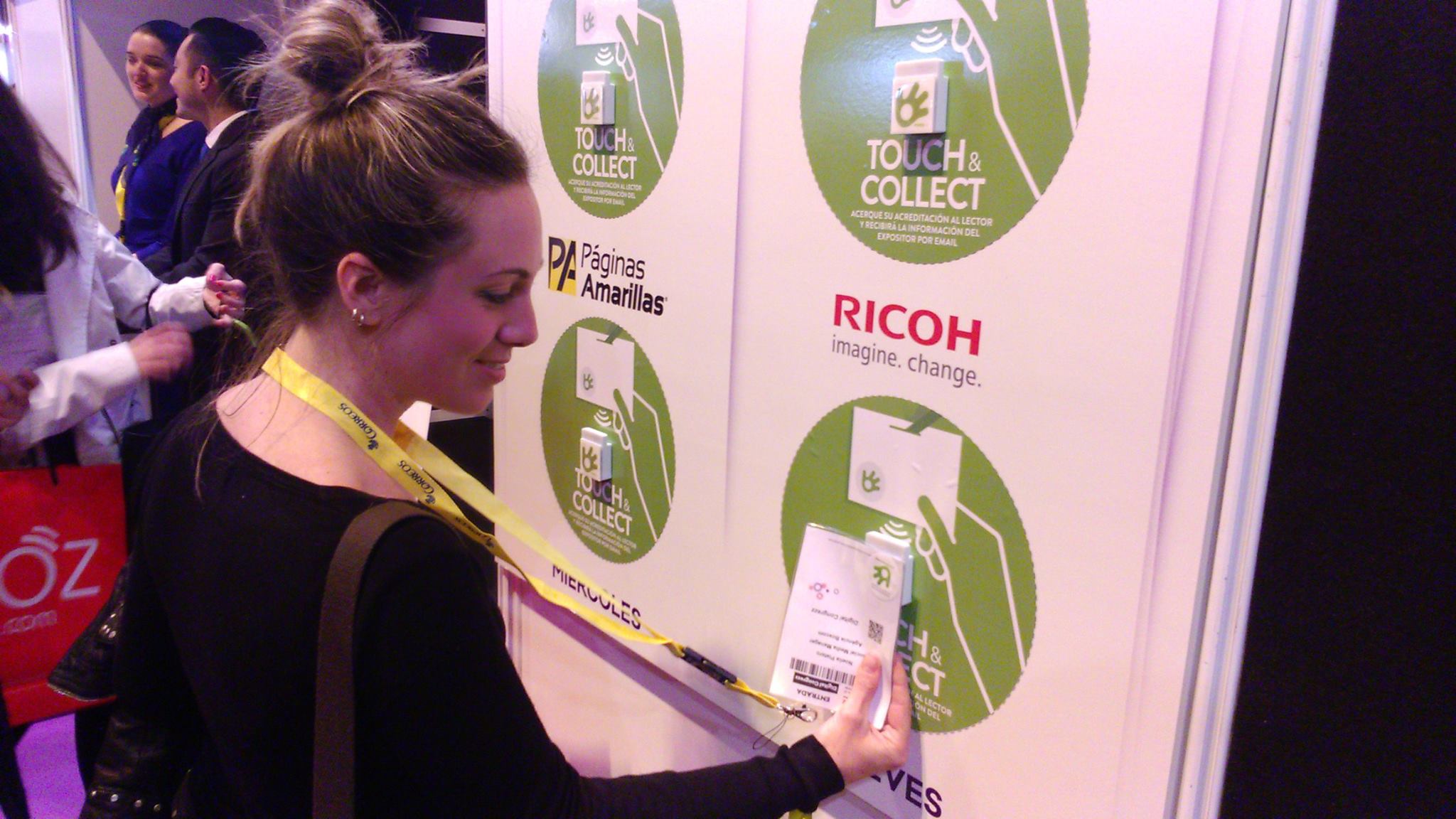
Thinking about Virtual Reality and Augmented Reality? VR and AR are a hot topic right now. But how are event professionals leveraging this up and coming technology? Jeff Heilman, from BizBash, wrote a great article on how companies using technology with events in mind. Kalahari Resorts & Conventions, for example, created a VR arena, where attendees can play three different games, in groups up to eight people.
Trend #3 – Connect even more with Instagram Stories and Facebook Live
Meeting planners are embracing video in all aspects of their marketing efforts, but one area that has developed greatly this past year is Facebook Live, a really easy and inexpensive way to communicate brand stories and perfect for events. Instagram Stories provide the opportunity to connect with those who are there at your conference for example, and your virtual audience. They both make strategic marketing sense and are a great way to connect your attendees with your speakers, influencers and your team.
Here’s a tip: Instead of being concerned that sharing video content from your conference is going to prevent prospective attendees from making the effort to be there, the opposite has been proven to be true. Live streaming reaches audiences you haven’t reached before, and makes them want to sign up to attend in person next year. According to Digitell, 15% – 30% of virtual attendees will come to your physical event in the following year.
Technology is a collection of tools to be used, but event marketing is all about connecting people and providing them with special opportunities they can’t find anywhere else. As these trends demonstrate, in the coming year, event marketers will have access to more and more innovative event tech and be using it to make the attendee experience better.
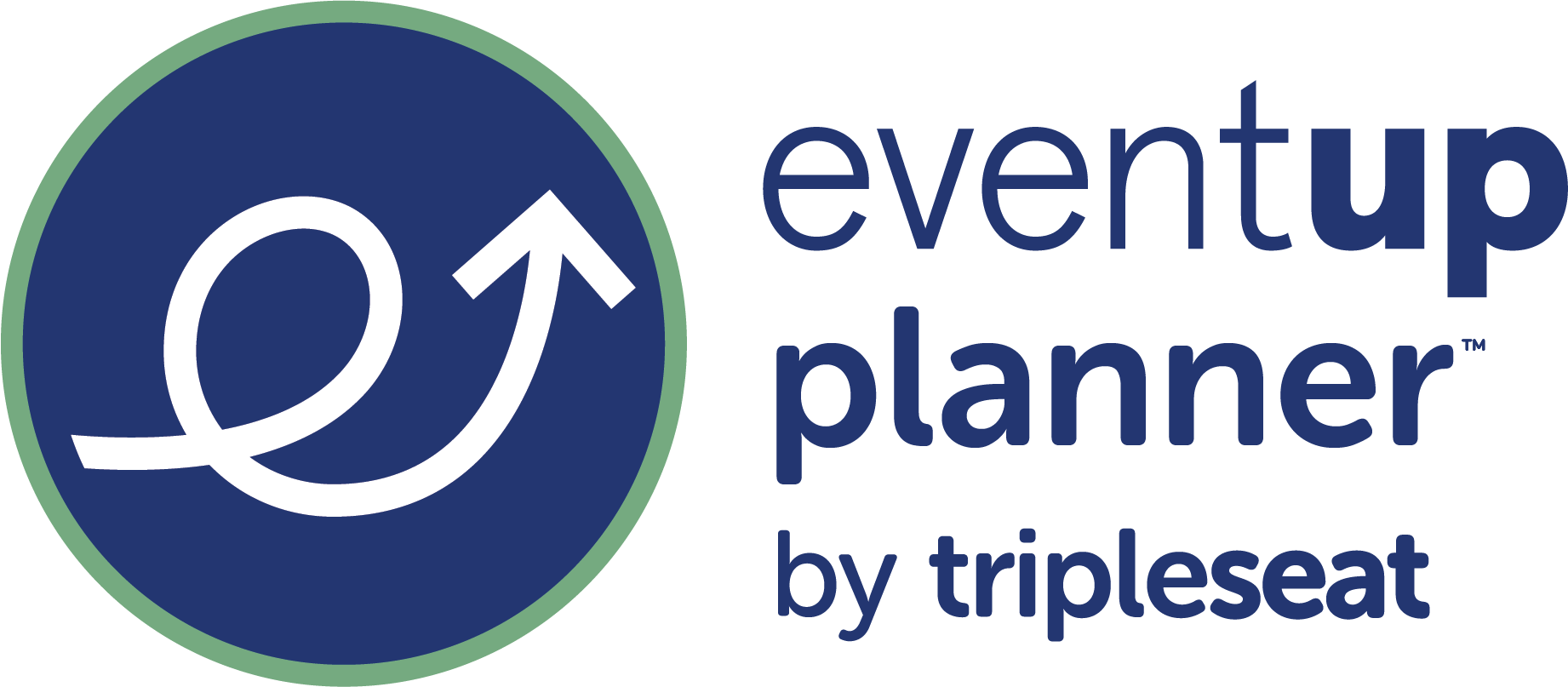
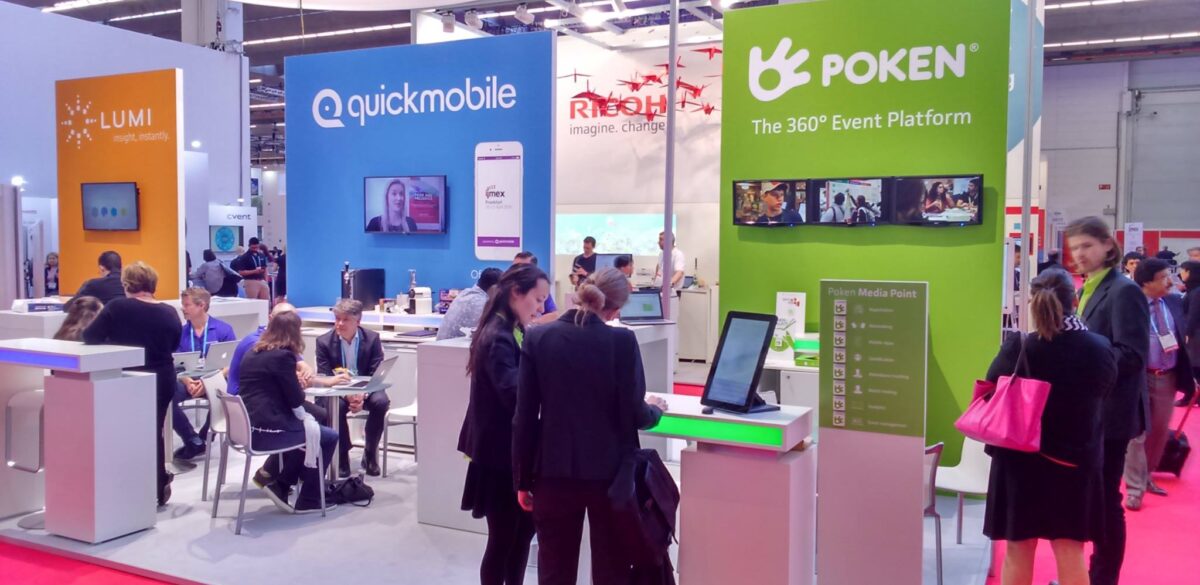
![[INFOGRAPHIC] The Real Value of An Integrated Event Management Platform](http://eventupplanner.com/wp-content/uploads/2021/02/screenshot-scaled-1-1200x585.jpg)



